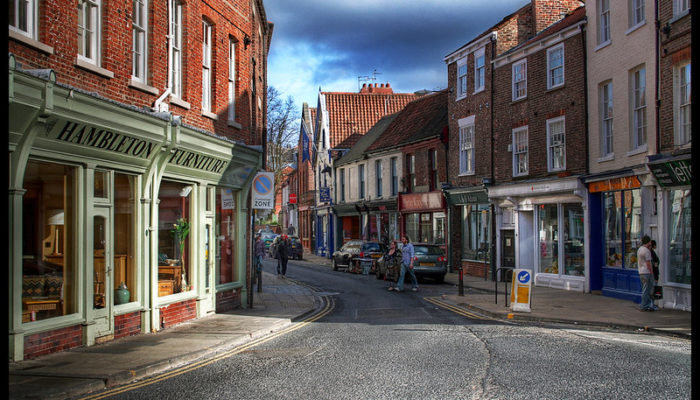
For too long transport has been trying to engineer away the physical reality of human movement
The Covid-19 pandemic has reminded us that our movement is inescapably physical. The virus was spread by a well-connected global transport system. For all the talk of smart transport, movement cannot be digitised. Transport is irreducibly rooted in time and place.
It is an important reminder. For generations, the story and business of transport has been about faster, more convenient journeys. We have been chasing the holy-grail – a teleporter; the platonic ideal that underpins most transport technology. It would ace any transport business case. Journey time = zero; Externalities = one meter2 of land and some (renewably generated) electricity. I’m not being flippant. Teleporters might be science fiction but like many things that don’t exist, they underpin our beliefs, our thinking and our systems.
I’m not going to pretend that quick seamless journeys aren’t desirable. But they come at a price. And the pursuit of the ultimately efficient journey has become an end in itself with pretty disastrous consequences – and I’m not talking about the spread of a virus.
With disastrous consequences for society
The car transformed the speed and efficiency of journeys – for lots of us but certainly not everyone. Whilst making new journeys possible, it made too many impossible by any other means, with the urban planning it underpinned creating journeys that only the car can serve, locking individuals, communities, towns, and whole countries into car-dependency.
Why does this matter? After all, shared ownership and alternative fuels will deal with pollution and lack of access. Eventually. Probably.
But we are still starting from a deficit position, wanting to engineer-away space and time. The result is polluted places, people and communities disconnected from where they live and the places that they pass through.
Autonomous vehicles promise a giant leap up transport’s technological teleological ladder to teleportation. And some of the likely unintended consequences, not least around de-densification of land-use are looking pretty dystopian.
But 3 months of lockdown has shown us another way of living
The recent lockdown has shown that a different reality is possible.
For three months, Covid transformed our movement. Most of us lived locally. Our shopping, our work (for those able to keep working), our leisure, our exercise, happened within a 10-15 minute radius of where we lived. A recent survey suggested three in five consumers in Britain have used more local stores and services to help support them during lockdown.
If you had a garden, you really appreciated it. And whether you had one or not, access to local green space was precious, as shown by how busy city parks, village greens, urban greenways and all manner of green spaces became as lockdown eased.
Local grocery stores came into their own. The village shop near me became busier than ever. While delivery drivers supplied pretty much everything else.
Lockdown was far from ideal, not least for those shielding. Not being able to travel is a severe privation. For those without any local amenities life couldn’t be lived without making an essential car journey. And then there are things that we need that we can’t get locally.
But with the Mayor of Paris getting re-elected on the platform of 15 min neighbourhoods, and Melbourne basing its city-planning on the same concept isn’t it time that we asked how we want to live first, before looking at how much quicker and faster we can make our journeys?
Most of what we need could – and should – be a 10 minute walk away
This is not some privileged city-centre fantasy. Before the car became a ubiquitous necessity for daily life, most people in the UK met their daily needs within their local neighbourhoods. With identikit town centre high-streets obsolete, it’s time for the rejuvenation of local shopping parades – again, amenities that came into their own for many under lockdown. We shouldn’t have to get into our cars to access green space, and many people have discovered they don’t need to get in a car or a train to get to work either. At Sustrans we have set out our plan for a green and just recovery, with 20 minute planning at its core.
The idea that most of what we need should be a short walk or cycle away of sounds like a utopian fantasy. And yet, right now, anyone with money, passport and a phone, can magic-up a taxi, book a ‘plane ticket on their way to the airport, and be on the other side of the world within hours. But too many people have to get into a car to buy a loaf of bread.
It’s time we stopped trying to invent a teleporter and see transport as a vital enabler and determiner of how we live and move well together – right now and right here in our own neighbourhoods.
About the Author
This post was written by Xavier Brice. Xavier is the Chief Executive of Sustrans
